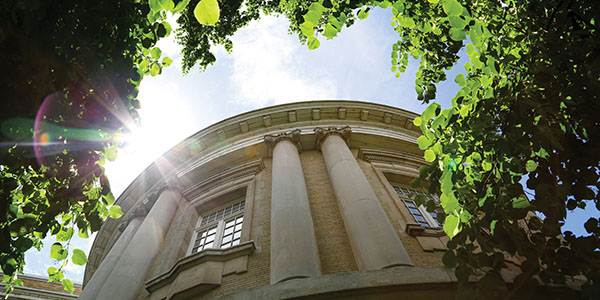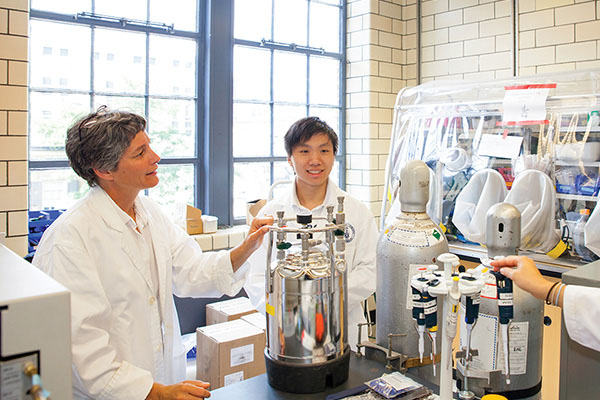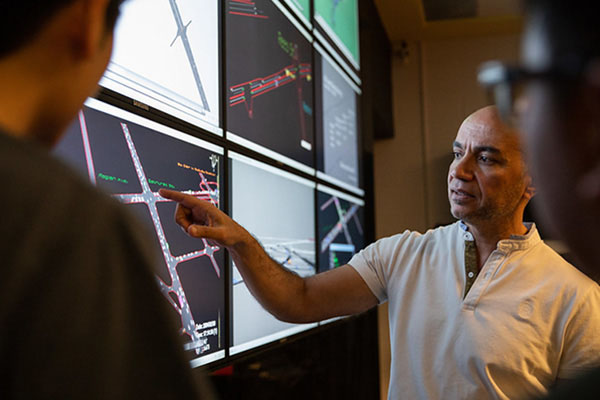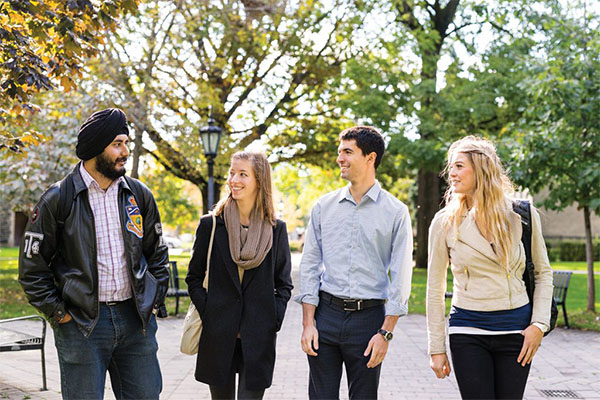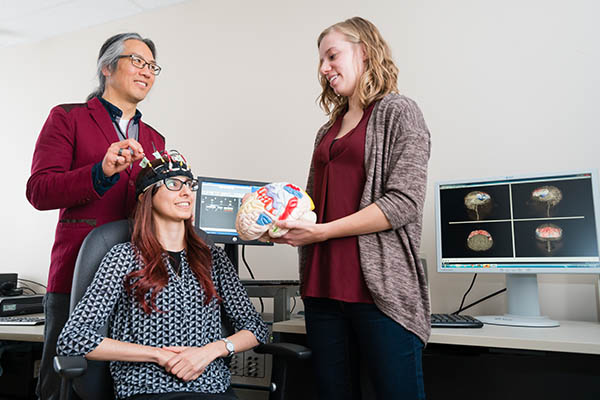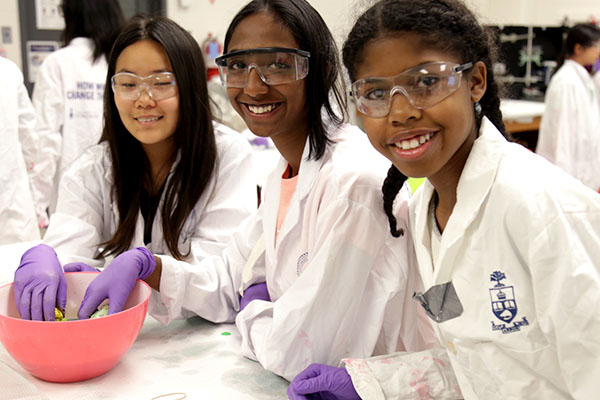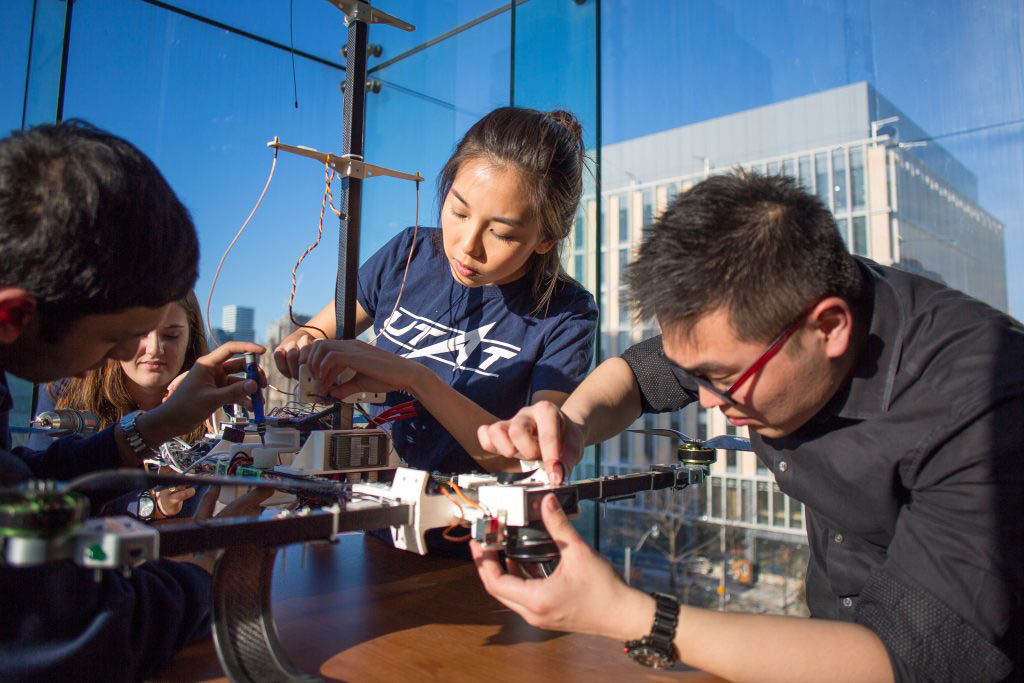Abstract
Living organisms and biological substances are among the most difficult and persistent sources of surface fouling, particularly in medical and marine settings. The ability of organisms to adapt, move, cooperate, evolve on short timescales, and modify surfaces by secreting proteins and other molecules enables them to colonize even state-of-the-art antifouling coatings, and small surface defects can trigger protein aggregation and blood clotting. Attempts to combat these issues are further hindered by conflicting requirements at different size scales and across different species. Our recently developed concept of Slippery, Liquid-Infused Porous Surfaces (SLIPS) provides a defect-free, dynamic liquid interface that overcomes many of these problems at once. A single surface is able to prevent adhesion of a broad range of genetically diverse bacteria, including many pathogenic species that underlie widespread hospital-acquired infections. The same approach resists adhesion of proteins, cells, and blood, preventing clogging and thrombus formation inside medical tubing and catheters. We are currently developing this strategy to solve longstanding fouling issues in a wide range of medical settings. Examples described in the lecture will include the use of this material in endoscopes, medical tubing and surgical instruments.
Select references: Nature 2011; ACS Nano 2012; PNAS 2012; Nano Letters 2013; Nature Comm. 2013; Nature Mater. 2013; APL 2013; Nanotech. 2014; Angew. Chem. 2014; Nature Biotech. 2014; Nature 2015; Nature Mater. 2015; Nature Comm. 2015; Nature 2015; Nature 2016; PNAS 2016; Biomaterials 2017; Nature Physics, 2017; Science 2017; Adv. Mater. 2018

Non-fouling medical devices: Slippery coatings that resist adhesion of biological matter- Joanna Aizenberg
Non-fouling medical devices: Slippery coatings that resist adhesion of biological matter- Joanna Aizenberg
Event Details
September 10, 2019 @ 12:00 pm - 1:00 pm
MS2172 @ 1 King’s College Cir, Toronto, ON M5S 3K1
Abstract
Living organisms and biological substances are among the most difficult and persistent sources of surface fouling, particularly in medical and marine settings. The ability of organisms to adapt, move, cooperate, evolve on short timescales, and modify surfaces by secreting proteins and other molecules enables them to colonize even state-of-the-art antifouling coatings, and small surface defects can trigger protein aggregation and blood clotting. Attempts to combat these issues are further hindered by conflicting requirements at different size scales and across different species. Our recently developed concept of Slippery, Liquid-Infused Porous Surfaces (SLIPS) provides a defect-free, dynamic liquid interface that overcomes many of these problems at once. A single surface is able to prevent adhesion of a broad range of genetically diverse bacteria, including many pathogenic species that underlie widespread hospital-acquired infections. The same approach resists adhesion of proteins, cells, and blood, preventing clogging and thrombus formation inside medical tubing and catheters. We are currently developing this strategy to solve longstanding fouling issues in a wide range of medical settings. Examples described in the lecture will include the use of this material in endoscopes, medical tubing and surgical instruments.
Select references: Nature 2011; ACS Nano 2012; PNAS 2012; Nano Letters 2013; Nature Comm. 2013; Nature Mater. 2013; APL 2013; Nanotech. 2014; Angew. Chem. 2014; Nature Biotech. 2014; Nature 2015; Nature Mater. 2015; Nature Comm. 2015; Nature 2015; Nature 2016; PNAS 2016; Biomaterials 2017; Nature Physics, 2017; Science 2017; Adv. Mater. 2018
Upcoming Events
- All
- Alumni events
- Anti-Racism and Cultural Diversity Office events
- Convocation events
- Faculty & staff events
- GEARS
- Info sessions
- Lectures, seminars and workshops
- Socials
- U of T holidays & closures



